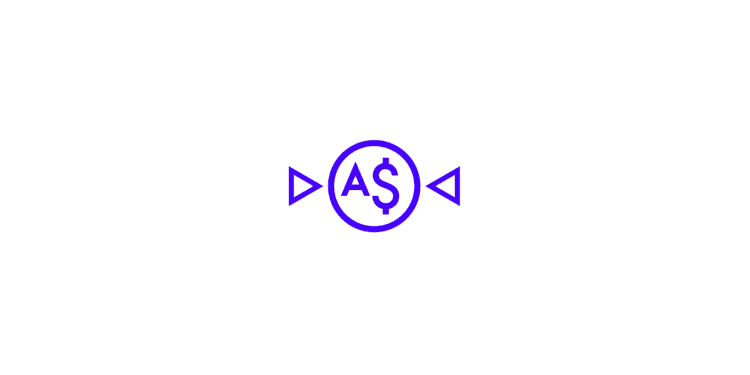- Novatti Group’s fiat-backed stablecoin, AUDD, is now live on the XRP Ledger.
- AUDD can be directly swapped with Australian Dollars via the XRPL, offering fast transactions and low costs.
- Users worldwide can utilize AUDD for payments and trading with other XRP-based tokens on the XRPL’s decentralized exchange.
Novatti Group Ltd, an Australian payments fintech, has announced the extension of its Australian dollar-backed stablecoin AUDD to XRP Ledger.
The AUDD, first released on the Stellar blockchain in November 2022, will be available for a direct 1:1 exchange of fiat Australian Dollars via the XRPL. Transactions on the XRPL are both fast (3-5 seconds per transaction) and cheap (fractions of a penny per transaction), making it ideal for stablecoin scalability and asset tokenization.
As a result of the extension, users can now use AUDD to make payments and trade with other XRPL-based tokens. People worldwide can use the AUDD’s capabilities on the XRPL to make payments and trade with other XRP-based tokens via the native decentralized exchange (DEX). Users can access AUDD using any XRPL-enabled wallet, according to the company.
In a statement, Peter Cook, CEO of Novatti, said, “Novatti is excited to continue the journey in bringing our stablecoin roadmap to life to provide faster, more secure payments with lower friction costs to consumers.”
AUDD will Contribute to the Growing Demand for Digital Currencies
According to the company, the stablecoin is intended to fulfill use cases such as remittance, payment gateway, trading pair, and stablecoin-as-a-service.
Novatti’s continued success in using the XRPL’s native digital currency, XRP, for cross-border transactions is exemplified by this latest deployment.
This is not Novatti’s first collaboration with Ripple. In April 2021, Novatti used Ripple’s payments solution, which uses XRP as a bridge between two fiat currencies, to send money from Australia to the Philippines.
Novatti’s participation in the RBA and Digital Finance CRC’s CBDC project, which investigates the use cases for a central bank digital currency in Australia, has contributed to stablecoin adoption’s growing momentum.
According to the official statement, Novatti has expanded its business into 58 countries and processed “billions” in annual transaction value since implementing Ripple’s payments solution.
Cook stated, “By deploying AUDD on the XRP Ledger, we will be able to capture the growing demand for digital currencies and create new revenue streams for our business while delivering on our promise to make our solution available to multiple networks.”
Furthermore, the statement stated that in 2022, the overall usage of stablecoins set new records. The annual stablecoin-adjusted transaction volume exceeded $7.2 trillion last year, representing a 19% increase yearly. Stablecoins have benefited from events such as the collapse of Silvergate because they are being used to fill the void created. Thus, Novatti hit the nail on the head by launching a stablecoin in such an environment.
Additional Ripple-Related Developments
A slew of new Ripple-related developments have emerged recently. A few days ago, the blockchain company announced a collaboration with the University of Toronto, Canada’s largest university, to launch an independent XRP validator. The previously mentioned collaboration is a component of Ripple’s University Blockchain Research Initiative (UBRI) in Canada. It is worth noting that the firm has invested over $2 million in various universities and colleges over the last five years.
Previously, the blockchain company announced the launch of the ‘Ripple CBDC Platform’ in mid-May. The complete solution is designed to assist central banks, governments, and financial institutions in issuing their own CBDC. Furthermore, Ripple has been chosen to participate in the CBDC program’s trial run in Hong Kong.
Indeed, as mentioned in a recent article, activity on the XRP Ledger increased rapidly between January and March. Regarding numbers, daily active addresses and daily transactions increased by 13.9% and 10.7%, respectively, QoQ. The Receiving addressing increased by 17.1% from 47,000 to 55,000, contributing to an increase in total active addresses.














